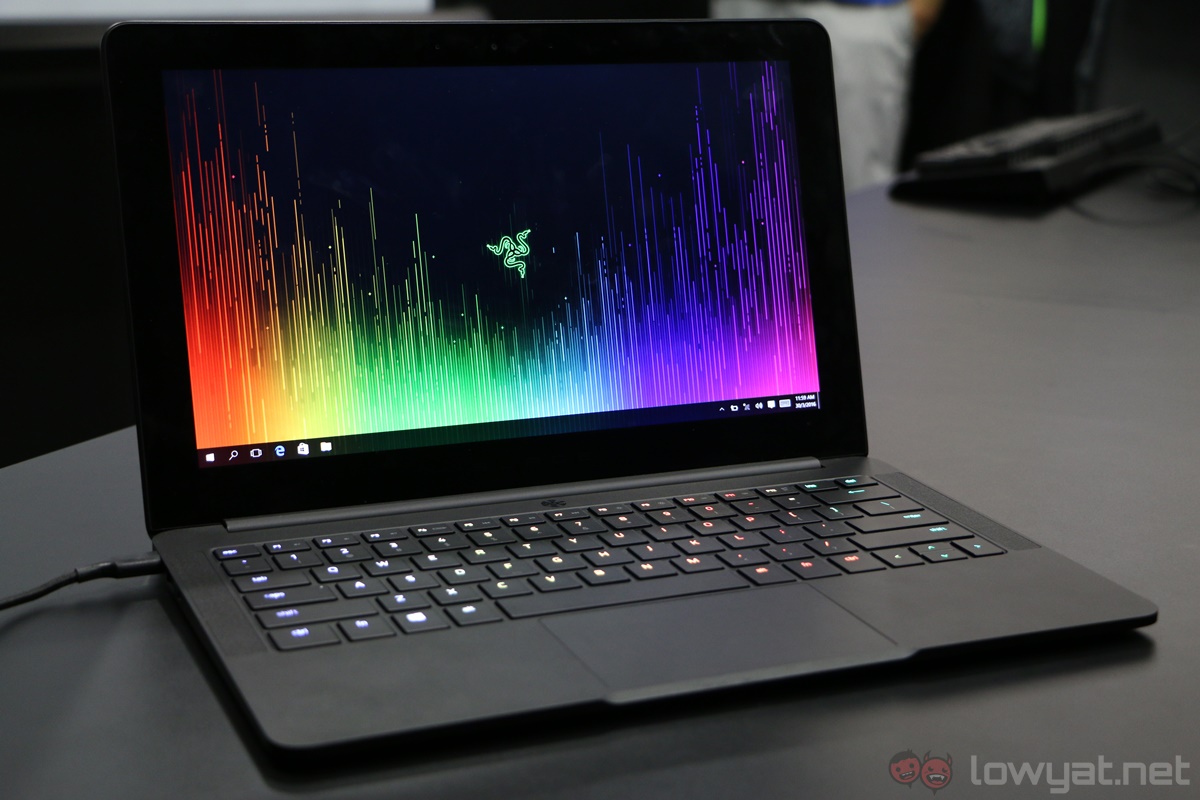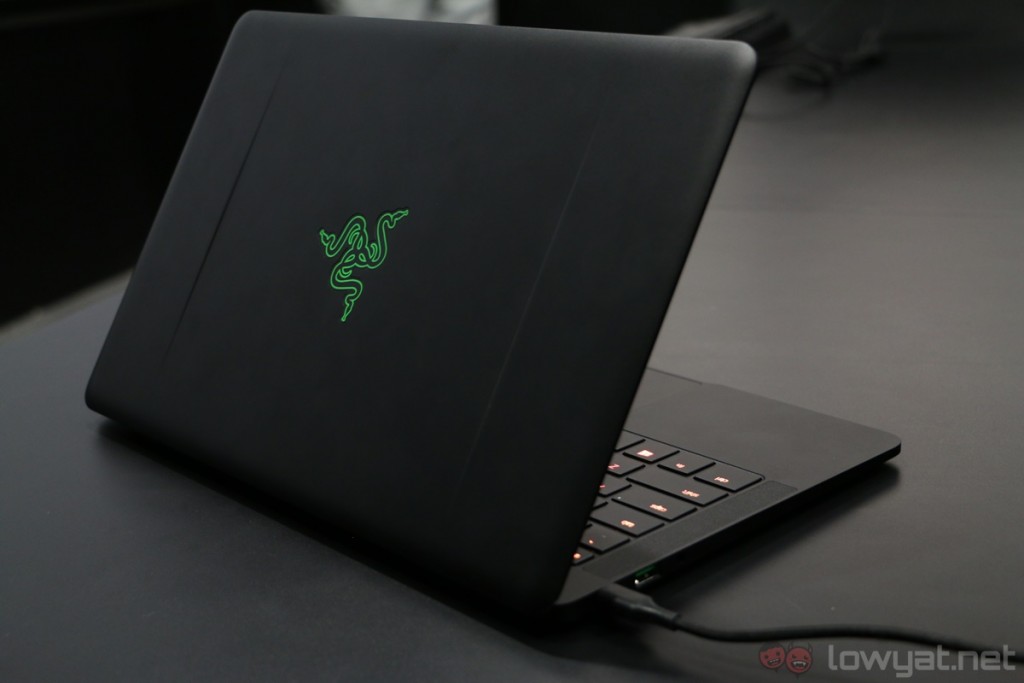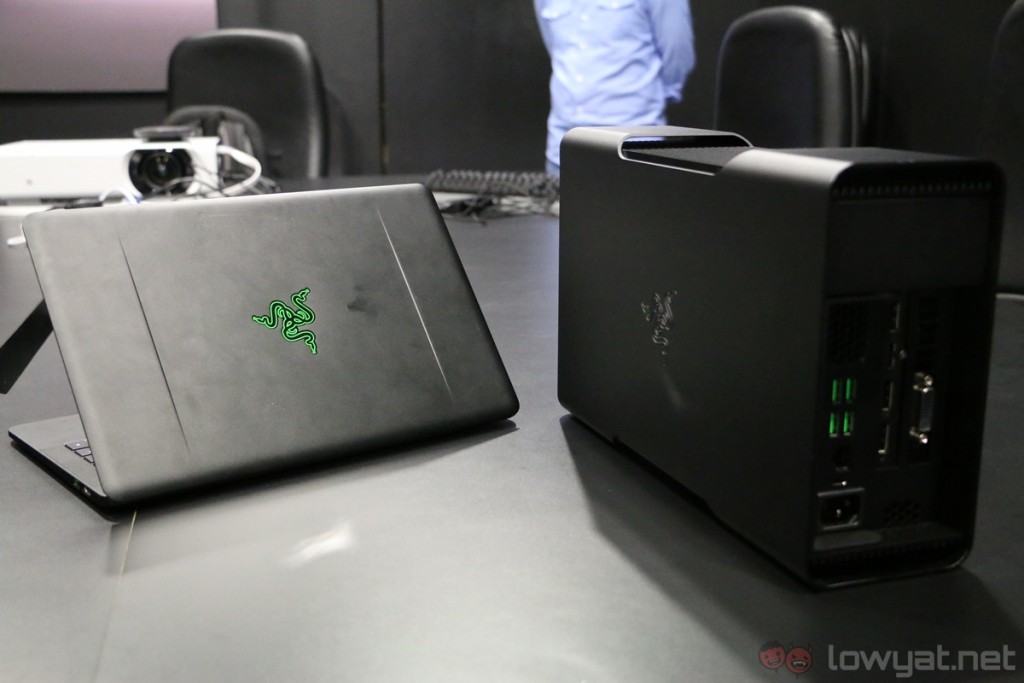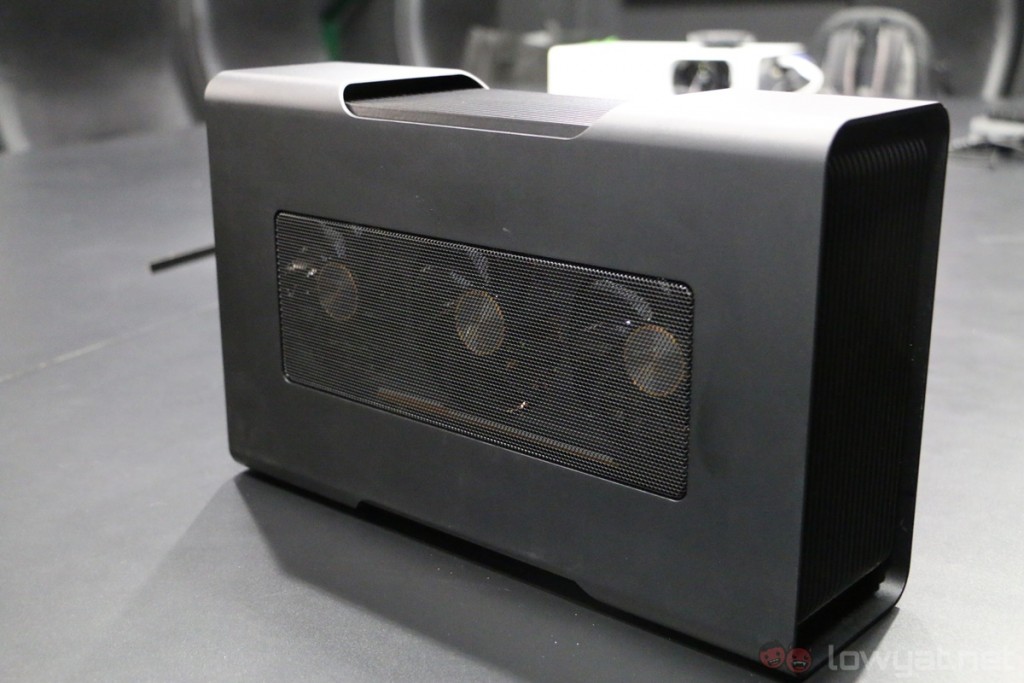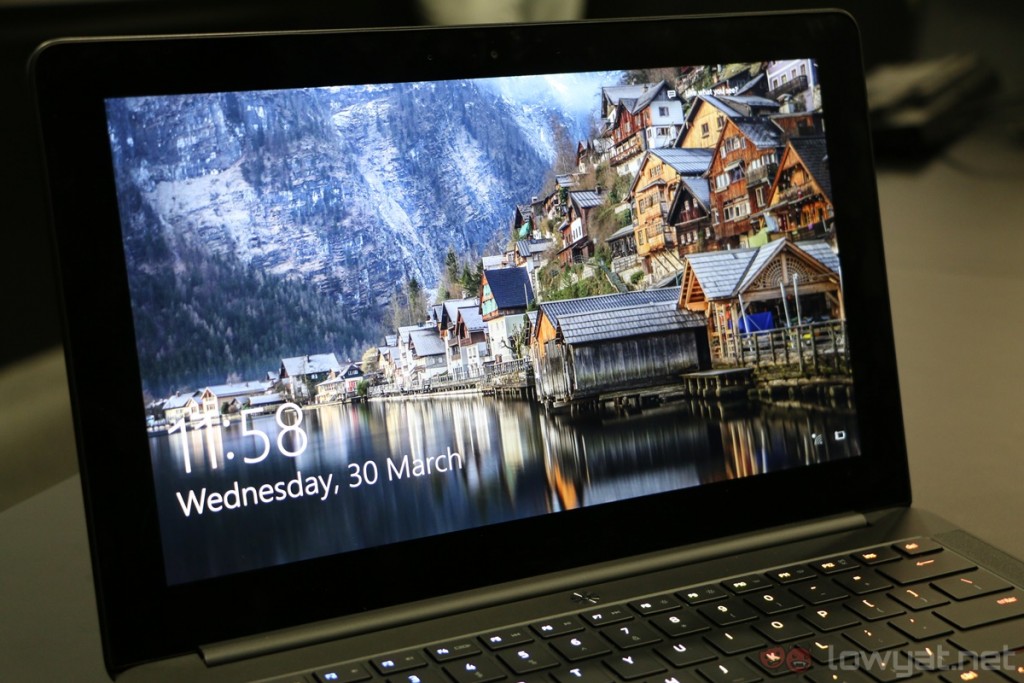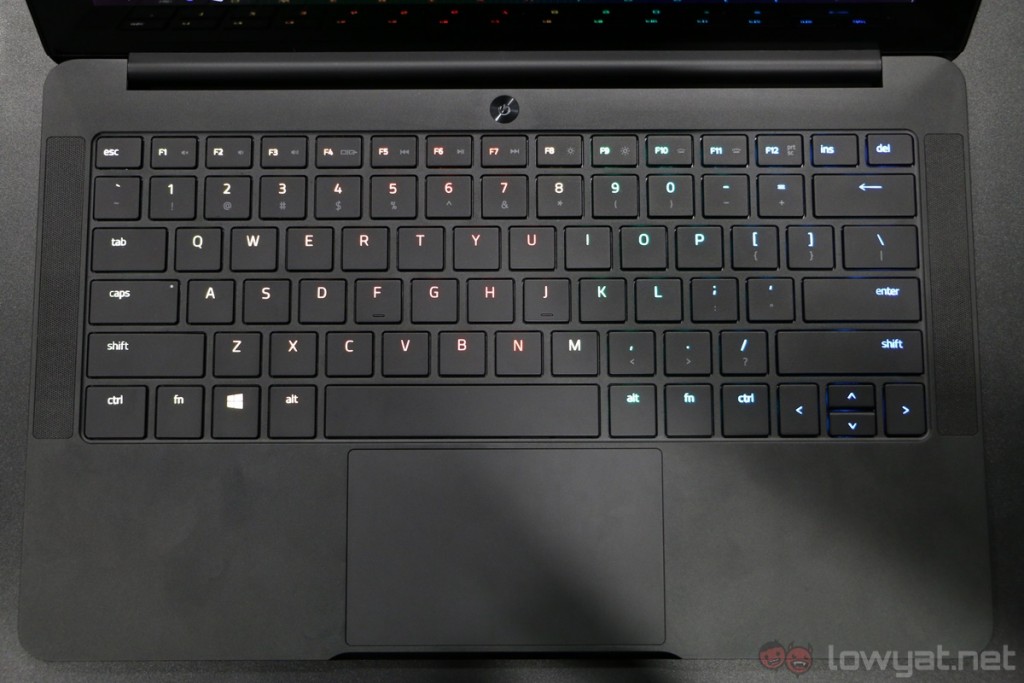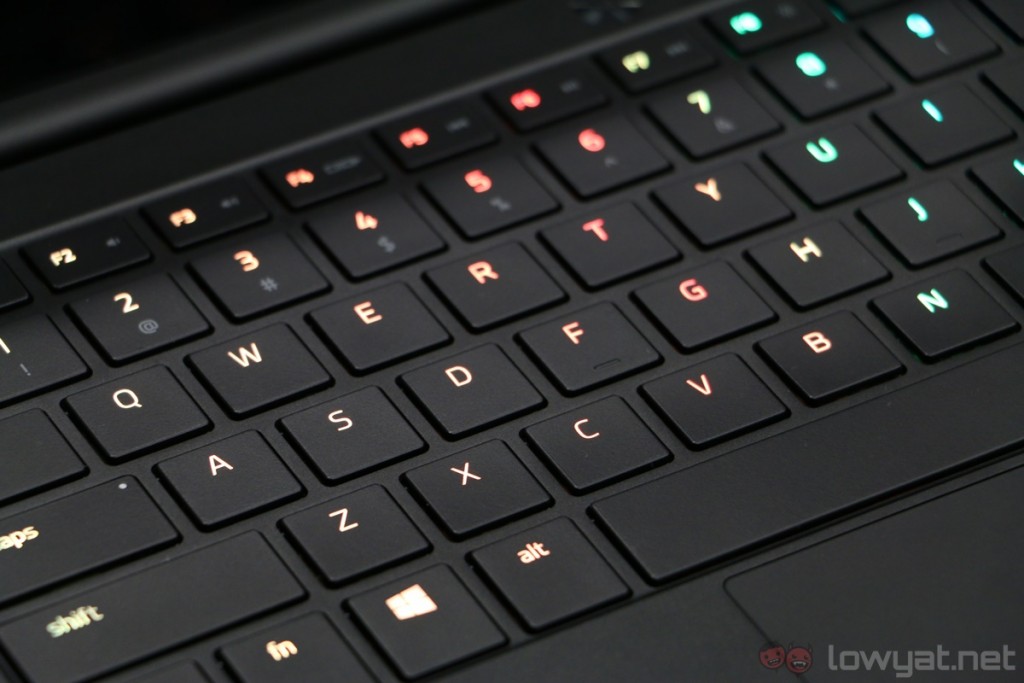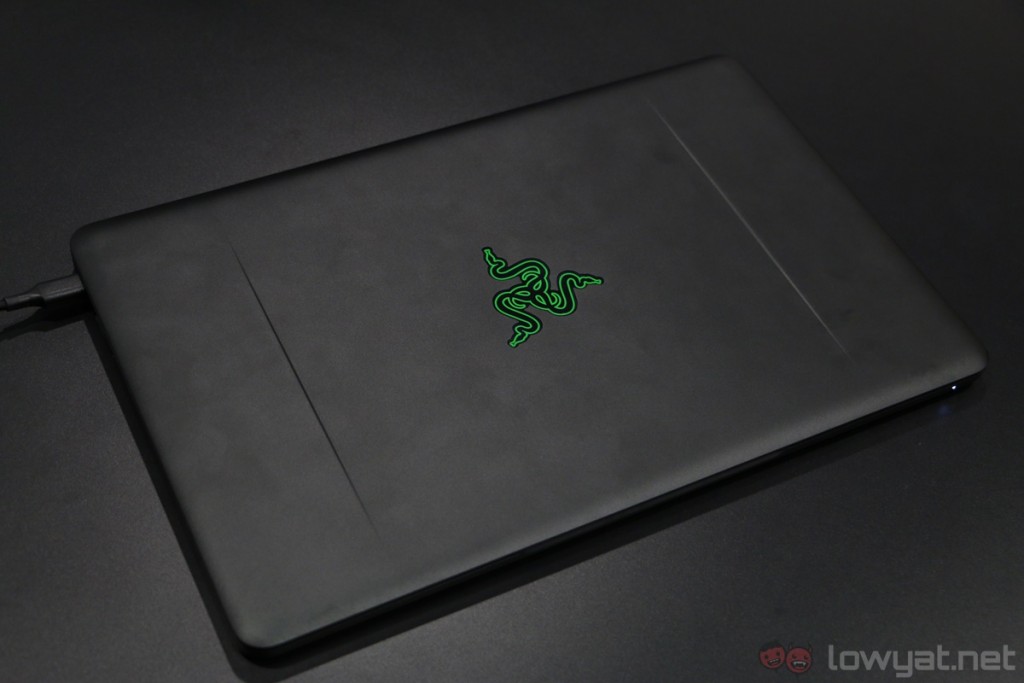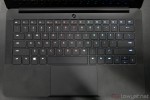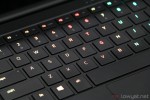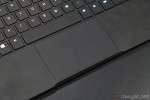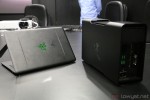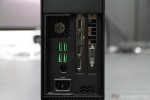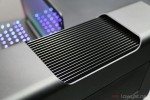When Razer first unveiled the Blade Stealth at CES 2016, it was a very intriguing product. Not only is it the company’s first-ever ultrabook, it is also one of the most affordable laptops released by Razer. While we were in Singapore, we dropped by Razer’s office and took the Blade Stealth for a quick spin.
Based on our precious little time with the ultrabook, we can’t wait for the Blade Stealth to be available in Malaysia; it’s quite a compelling little laptop.
Being an ultrabook, the Blade Stealth is missing one very crucial hardware, especially for gamers: a dedicated graphics card. That being said, this laptop is inherently a Razer product, so it does have an ace up its sleeves to turn it into a gaming machine: the Razer Core. Basically, the Core is an external graphics card enclosure that give the Blade Stealth some desktop-grade performance.
This is hardly the first attempt by a PC maker to combine portability and performance when you need it. MSI, for one, has the MSI GS30 Shadow, which has the same idea. However, it’s not as seamless as Razer’s implementation, not to mention how bulky the whole setup of the GS30 is.
Instead of relying on a proprietary connection like MSI’s offering, the Blade Stealth connects to the Core via a Thunderbolt 3 connection. In that sense, the Core can theoretically connect to any laptop with a Thunderbolt 3 port to give said laptop added graphical power. But, according to a Razer representative, the Core currently only works with the company’s own Blade Stealth and the new Blade. The representative elaborated that this has something to do with drivers, naturally.
As an ultrabook, the Blade Stealth is rather impressive. It has solid build quality, a sleek-looking finish (although it picks up fingerprints easily), an understated design, and most of all, it is very portable. The 12.5-inch 4K IPS IGZO touch display looks really, really good as well, and the laptop feels very speedy thanks to the fast PCIe SSD.
The keyboard of the Blade Stealth, however, isn’t very comfortable to type on. The key travel is shorter than what I’m accustomed to (it’s an ultrabook after all), but the tactile feedback of the keys are actually pretty satisfying. Beyond the typing experience of the keyboard, it is the Chroma lighting of each key that is the keyboard’s most interesting aspect. Other than that, there is the sizeable trackpad under the keyboard. My fingers can glide smoothly on the trackpad’s surface, and it is accurate as well.
Based on my short time with the Razer Blade Stealth, I am quite impressed with it. Retailing from US$1,000 (about RM4,030), this is by no means an affordable ultrabook. But so are the best compact laptops in the market such as the Lenovo Yoga 900 and Dell XPS 13. Bottom line is, the Blade Stealth is definitely an interesting ultrabook.
The Blade Stealth is no gaming machine on its own, but that’s where the Razer Core comes in. Then again, both of these products together cost a hefty sum of money, and the Stealth’s Intel Core i7-6500U processor isn’t as powerful as the ones found in other gaming laptops. Regardless, we’ll just have to find out how much the Blade Stealth and Core will be priced locally to see if they are compelling enough. After all, the Blade Stealth has already been registered with SIRIM.
Follow us on Instagram, Facebook, Twitter or Telegram for more updates and breaking news.


